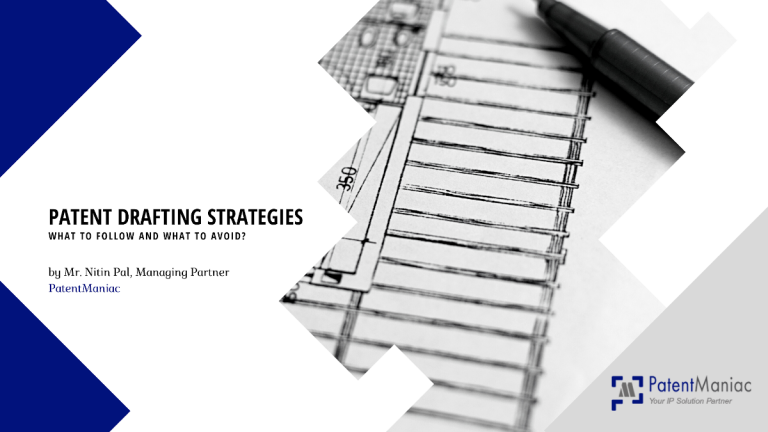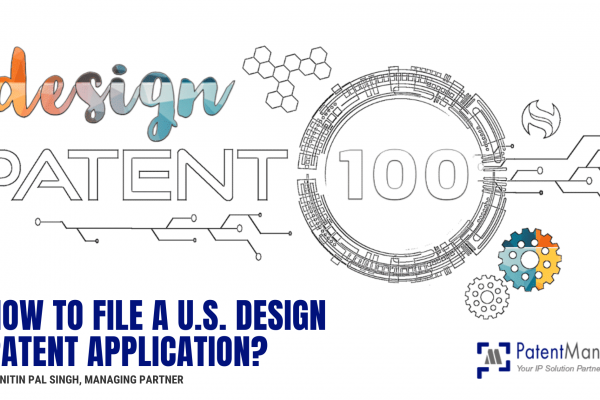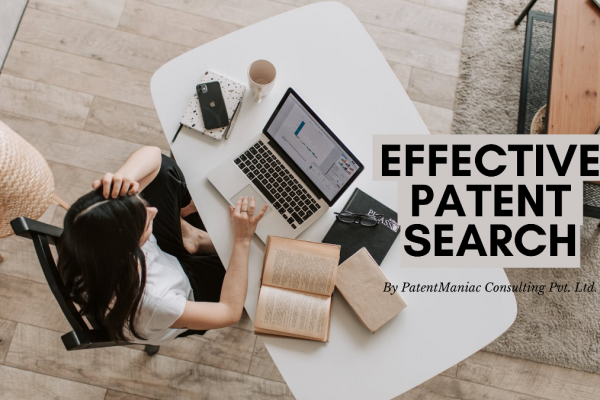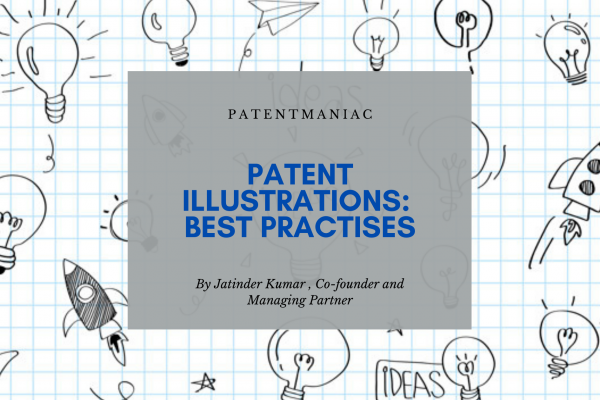Patent drafting has been one of the most crucial exercises for any IP professional to understand and develop skills around. Quality patent application ensures client’s invention boundaries are well protected and infringement levels are low.
There are numerous guidelines that advise on steps to be followed while writing a professional patent application draft but they radically change from technology perspective and maintaining invention boundaries. There are many rulebooks but entrusting one of them over the other might not be a good idea. Patents are written and prosecuted manually, hence the patent office perspective sometimes does not align with the attorney’s viewpoint. Hence, we receive office actions.
Although we can lay out rules for various sections of the patent application, it is evident that a patent practitioner shall understand and develop skill-sets pertaining to the technology area and write applications accordingly. Some of the key points include:
- Writing quality claims with special attention to independents – It is the most crucial part of the overall patent application and needs to be strategized concerning 35 U.S.C 101, 102, and 103. Hence, the invention shall be classified within a process, system, article of manufacture, and composition of matter. Secondly, the invention needs to overcome novelty and obvious parameters to avoid rejections.
- Enabling claims property– This is an essential portion of the specification part and requires all claims (Independent and Dependent) to be explained through one or more essential embodiments. This makes your invention more clear during the examination procedure and helps in the prosecution stage. However, it is recommended that one should also explain alternative embodiments along with the essential ones to cover defensive publication as well
- Enabling Embodiments with Figures – A mandatory and not unconventional way is to explain through figures and flow diagrams each embodiment in the description is quite essential while writing the detailed specification. It is to be understood that each embodiment shall be explained in order, along with non-enabled alternatives as well. This helps to visualize the invention with variation in scope and avoids infringement on your patent-based products or services by your competitors.
- Full-filling Best Mode Requirement-Conventional but a good approach is to explain the best mode in which your invention would work. This exclusively enables the parameter where your invention was conceived.
- Overcoming 37 CFR Rejection – This section is totally based on the supporting figures being made compliant with the patent office rules and labeling appropriate elements of the figures in the description section. Non-labeled or uncovered labeled sections both correspond to 37 CFR-based rejections.
It is recommended to consider and adapt any PTO based ruling on a technology area and develop claim strategy accordingly. Sometimes, one shall consider standard essential patent (SEP) based infringement as well apart from prior art(s) identified and considered while writing the claim section.
Some claim writing tricks that shall be helpful include:
- Developing system/method-based diagrams to depict and categorize essential elements/steps from the non-essential. Focus and elaborate more on essential elements/steps.
- Understand to draft patent applications driven towards system or method oriented based on prior arts and basic SEP analysis.
- Develop a chain of dependent claims strategically, i.e. Independent-dependent, dependent-dependent accordingly.
- Try not to be repetitive in claims, i.e. avoid repeating system dependents in method independent and vice-versa.
- Follow and consider ruling-based guidelines (eg: Alice ruling in software etc.) to improvise on claim language and avoid rejections.
- Try to write a claim in a way that it is written more on a global standard for considering multiple country-based patent filings.





